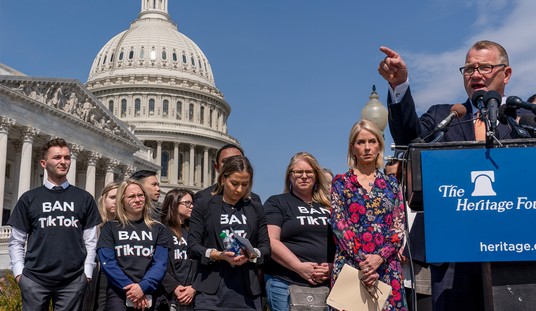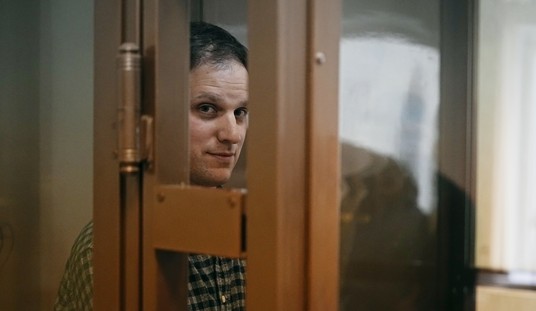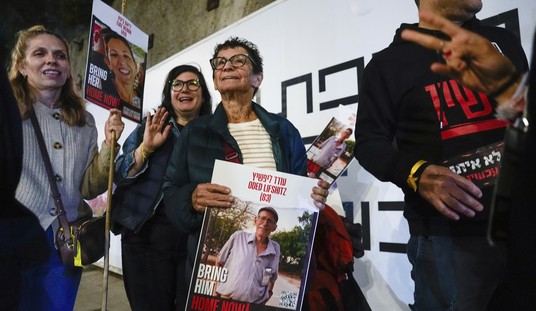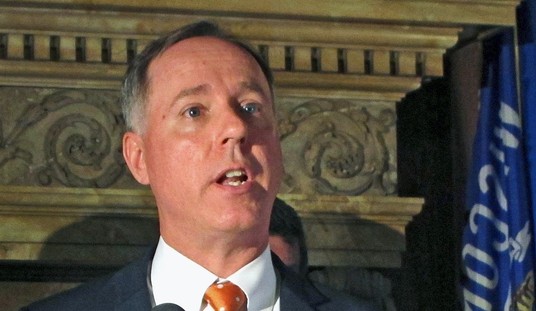The coronavirus pandemic is changing how the Trump administration handles illegal immigration at the U.S.-Mexico border. Citing a public health concern, the speed of returning children to their home countries has quickened. A 1944 emergency public-health law is cited as justification for the changes. So far, since the pandemic, over 900 children have been returned to their home countries.
The public-health law allows the government to turn back migrants at the border, including children, without taking them into custody or allowing them to file asylum claims. The CDC backed the order in March and in April an extension for 30 days was issued. Now the extension has been put in place for the duration of the pandemic. That means it is an indefinite extension since no one knows how long the pandemic will last – we may have another year of it or we may not. The asylum issue is one that is separate from the non-essential travel restrictions at the Mexican and Canadian borders. Those restrictions have only been extended for an additional 30 days. The order allows for the deportation of unaccompanied children under the age of 18.
“This order has been one of the most critical tools the department has used to prevent the further spread of the virus and to protect the American people,” acting Homeland Security Secretary Chad Wolf said in a written statement.
President Trump said in March he would use an emergency public-health law to temporarily block migrants’ access to the U.S. asylum system at the southern border, saying migrants crossing the border illegally posed a public-health risk to border agents and local hospitals—and could spark an outbreak if kept in border detention.
“Every week, our border agents encounter thousands of unscreened, unvetted and unauthorized entries from dozens of countries. And we’ve had this problem for decades,” he said. “With the national emergencies and all of the other things that we’ve declared, we can actually do something about it.”
Since the order was first issued in March, more than 20,000 illegal immigrants at the border have been turned back, though the flow of migrants has slowed as Latin American countries have issued their own stay at home orders and shut down their borders. Some officials in the administration are pushing for the policy to remain in place until a vaccine is available in the U.S. and Latin America. That will likely take more than a year.
As the order became effective for an indefinite period of time last week, the government is now asking parents to make the decision of whether or not to keep their children with them in detention centers or allow them to be released to a guardian. A federal judge on April 24 instructed ICE to “make every effort to promptly and safely release” migrant children who are being held with their parents in ICE detention centers. This is meant to help curb the exposure to COVID-19 in ICE jails. The CBP Commissioner touts the effectiveness of the orders while some ICE officials admit to feeling caught between policies.
“These orders have been tremendously effective in providing the ability to effectively protect United States citizens and others in the country legally by reducing the spread of Covid-19,” said acting CBP Commissioner Mark Morgan, referring to both the public-health law and a ban on all nonessential travel at the border.
ICE officials told congressional staff in a briefing this week that they felt caught between the April court order and a separate 2018 ruling in a class-action suit related to families separated at the border. That ruling directs the government to make every effort to keep families united.
As you might expect, parents are choosing to keep their children with them, despite the risks of being infected with the coronavirus. Last week in all three of ICE’s family detention centers, parents began being asked if they want to have their children released and so far none have chosen that option. Parents know they risk deportation while their children would remain in the United States with guardians. The parents fear they would not be reunited with their children.
In the past several years, the Trump administration has weighed adopting this procedure inside family jails—a policy known as “binary choice”—but has mostly opted to release parents with their children, typically within about 20 days.
Lawyers representing immigrant families in detention said ICE’s new approach all but ensured that no children would be released.
“They knew that no family would agree to that, which is why they asked,” said Bridget Cambria, a lawyer with the nonprofit firm Aldea—the People’s Justice Center, which represents families at a family detention center in Leesport, Pa.
The Trump administration argues that Central Americans see an incentive to bring their children as they migrate to the border because the Flores agreement requires children to be released within 20 days. Typically, adults are released with the children. A new form is presented to the parents asking them to waive their rights under the Flores agreement in hopes of mitigating the spread of the coronavirus in family detention centers to children.
Immigration advocacy groups have sued the Trump administration since the pandemic outbreak over concerns of those being held in detention but so far there has not been a single report of coronavirus infections at the family detention centers. One death has been reported at an adult detention center. This would indicate there is no reason to release families on the pretense of mitigating the coronavirus outbreak, as the open borders crowd calls for, right? It would appear that the precautions in place are working to keep the families virus-free so far.
Meanwhile, an ICE spokesperson says the new form presented to parents is not the same as the binary choice form, though immigration lawyers argue that it is.
A spokesperson for ICE said the form that was presented to parents last week was not part of a new binary choice policy.
“ICE has not instituted binary choice or separated any parents from their child pursuant to binary choice, and ICE has not implemented any new forms to conduct the new parole determinations as required by the court,” the spokesperson said. “Any assertion to the contrary is plainly false.”
Most of the families have been in custody since last fall before the coronavirus pandemic entered the picture. They are waiting for rulings in federal lawsuits against the Trump administration on asylum policies and procedures. Since the pandemic, the administration has halted most immigration due to public health concerns.








Join the conversation as a VIP Member